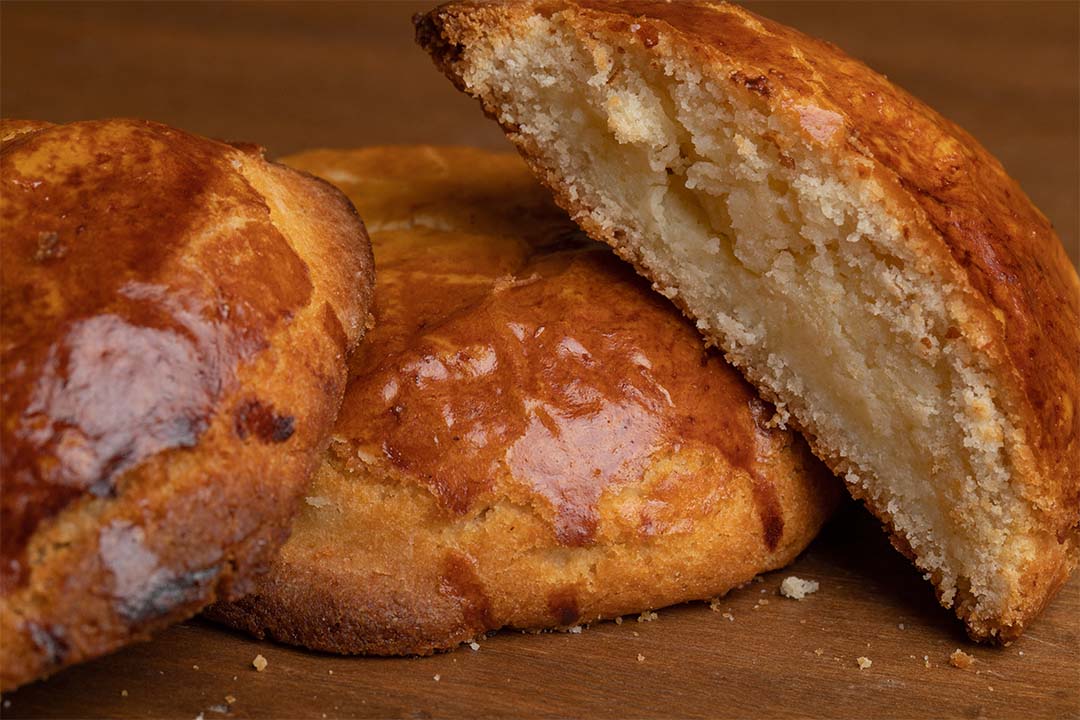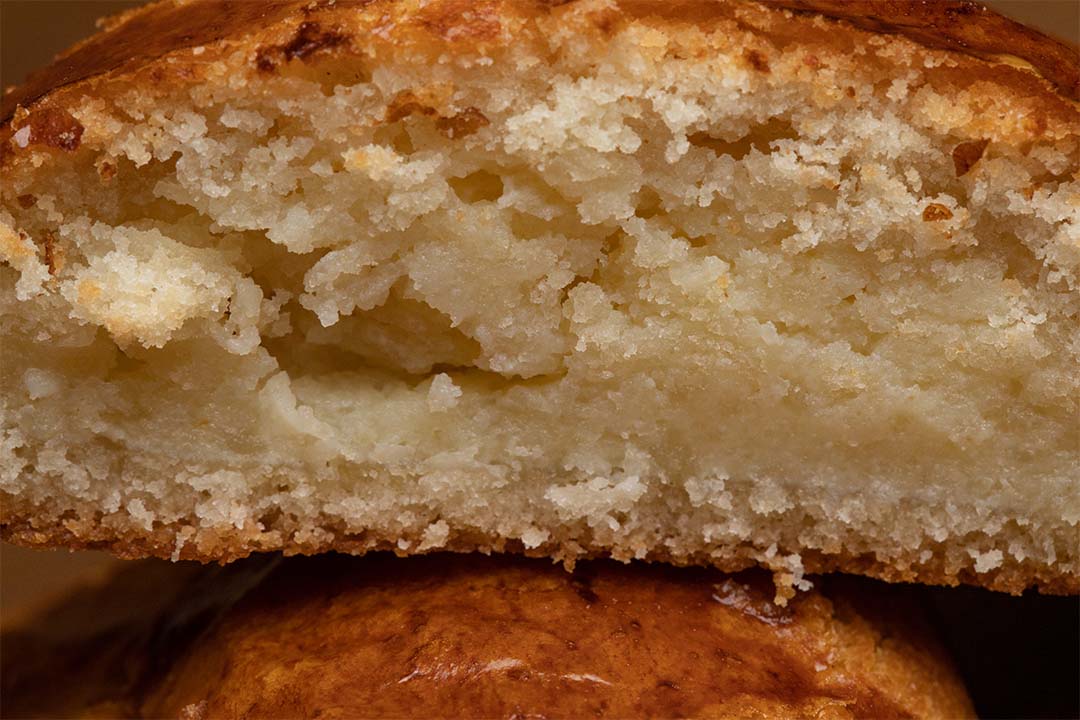


Shortbread Crust:
250 g butter, softened
110 g caster sugar
110 g semolina
250 g Italian type 00 flour
Filling:
450ml milk
100g sugar
pinch of salt
150g semolina
500g ricotta cheese (if unavailable use paneer, roughly mashed or whipped)
1 egg
50g of candied peel, chopped (or, alternatively, diced sweet dried apricots
1/2 tsp vanilla extract
1 pinch of ground cinnamon
Soften the butter in a bowl, then mix in the sugar, semolina, and flour; work together to form a smooth dough. Wrap in cling film and chill for about 30 minutes.
Combine the milk, sugar and salt in a saucepan. Bring to the boil, then whisk in the semolina flour until thickened and smooth. Transfer to a bowl to cool slightly, then beat in the remaining ingredients to create a smooth, thick cream. Transfer to the fridge and chill until needed.
Preheat the oven to 180°C.
Prepare several small muffin baking tins by spraying with nonstick spray or oil.
Unwrap the pastry, and roll it out to a thickness of 1cm. Cut half slightly larger than the opening of the small muffin tins and half slightly smaller; you want each round of dough to come up the sides of the pan, with a little bit leftover to press closed with the dough topping.
Scoop a spoonful of the ricotta filling into each pastry lined indentation, then top with a smaller circle of dough, and gently press the pastry edges together.
Repeat with the remaining pastry and filling, lining the filled pastries across the baking tray
Bake the pastries in the oven for about 25 minutes, or until golden brown and crisp.
Recipe Of The Month – September
The Neapolitan speciality, Sfogliatella is ricotta and candied fruit-filled pastry. Believed to have originated in a local convent, they made their way to the shops and bakeries of Naples and were immediately adopted as a uniquely delicious speciality. You will find these tempting iconic pastries throughout the area, sold in cafes, bakeries, and restaurants, indulged in for breakfast or tea time.
There are two types of sfogliatelle: riccia and frolla. Both have the same filling, but riccia is made with a crisp multi-layered pastry, and frolla with a crumbly, shortbread-like dough. Everyone has his or her favourite, though the frolla dough is much easier to make and work with than the crisp strudel-like riccia dough.


